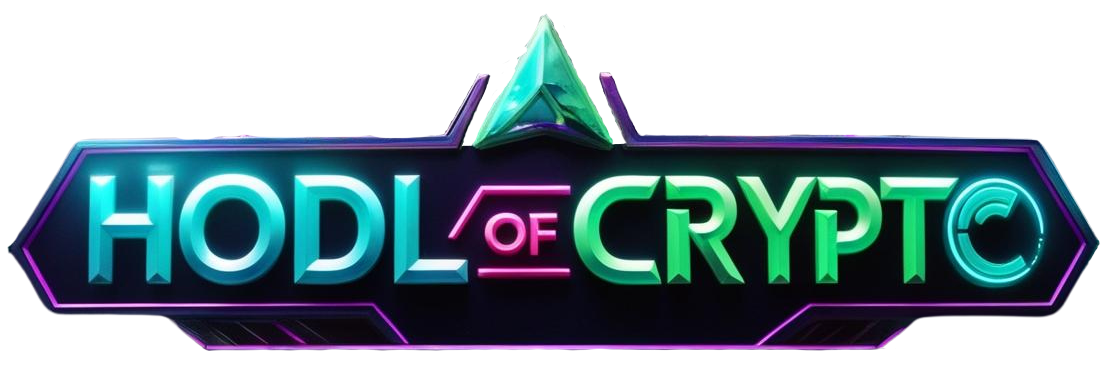Let’s face it — “Web3 fintech payment trends” sounds like a phrase only tech insiders would use. But beneath the jargon, real changes are happening. The ways we save, spend, and send money are evolving — and Web3 is right at the center of it.
If you’ve ever used Apple Pay, bought crypto, or questioned why bank wires still take days, you’re already brushing against the edges of this financial revolution.
Here are the top 5 Web3 fintech payment trends that are shaking up the way we think about money.
1. Token-Based Transactions Are Becoming Real-World Usable
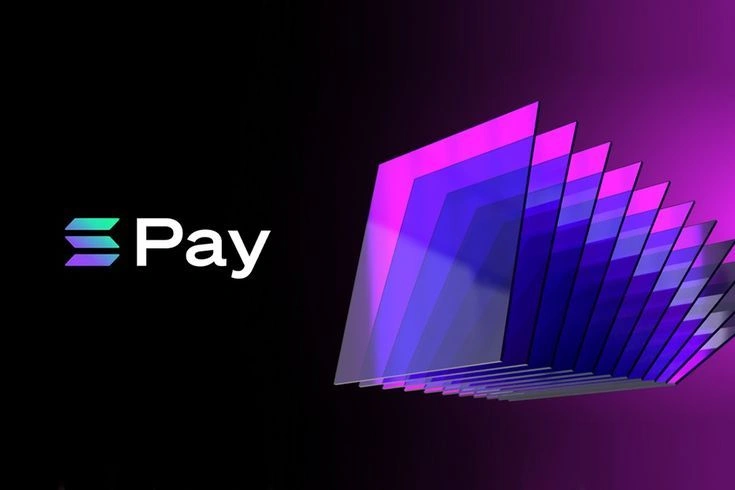
What’s changing: Cryptocurrencies like Ethereum and Solana are no longer just speculative assets. They’re becoming actual tools for everyday purchases.
Example: Platforms like Solana Pay are enabling businesses to accept crypto instantly. Ethereum wallets such as MetaMask now make peer-to-peer payments seamless — no banks required.
Why it matters: It cuts out intermediaries, lowers transaction costs, and gives users more financial autonomy.
2. Embedded Crypto Wallets Are Simplifying Everything
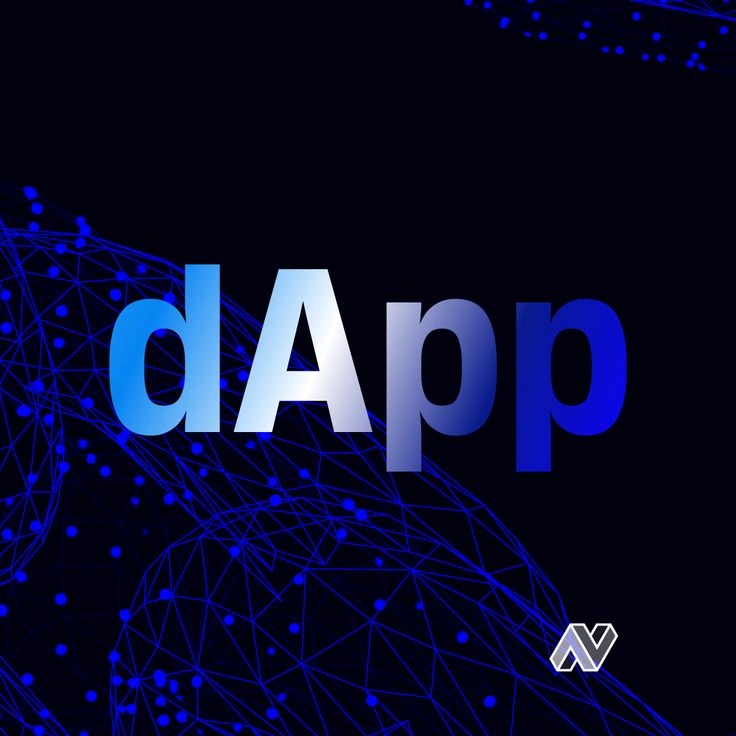

What’s changing: Wallets are no longer standalone apps. They’re getting built directly into platforms — think of it as Venmo, but for crypto.
Example: Some Web3 dApps and marketplaces are now embedding wallets into their interfaces, so users don’t have to fumble with copy-pasting wallet addresses or switching apps.
Why it matters: This improves usability and removes one of the biggest hurdles to crypto adoption — the clunky user experience.
3. Cross-Border Payments Are Finally Getting Faster and Cheaper
What’s changing: Traditional remittance systems are slow and costly. Web3 alternatives are disrupting this with near-instant, low-fee international transfers.
Example: Protocols like Stellar and Ripple are designed specifically for cross-border efficiency, and stablecoins like USDC are being used to settle payments worldwide — in seconds.
Why it matters: Billions of people rely on international remittances. Web3 tech makes sending money across borders quicker and more affordable than ever.
4. NFTs Are Evolving Into Payment and Access Tools
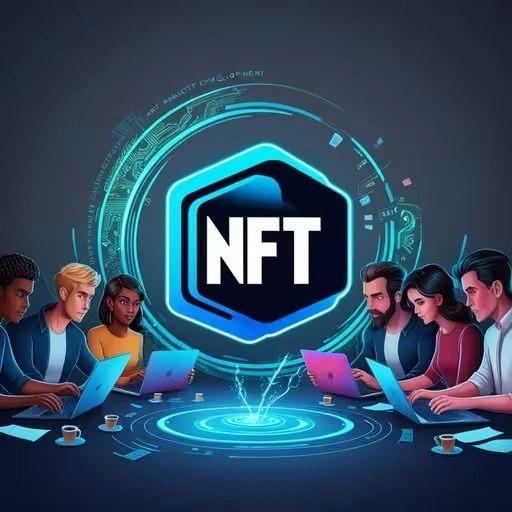

What’s changing: Non-fungible tokens (NFTs) aren’t just for art anymore. They’re being used like digital tickets, subscriptions, and even prepaid passes.
Example: Businesses are issuing NFTs that double as access passes, event tickets, or even prepaid credits for products and services.
Why it matters: It expands the utility of blockchain technology and adds new ways for businesses to create value — while maintaining ownership transparency.
5. Web3 fintech payment trends: Big Fintechs Are Going Web3 — and That’s Huge
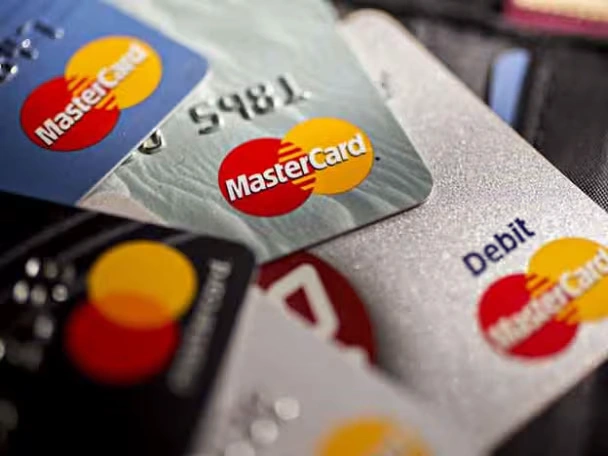
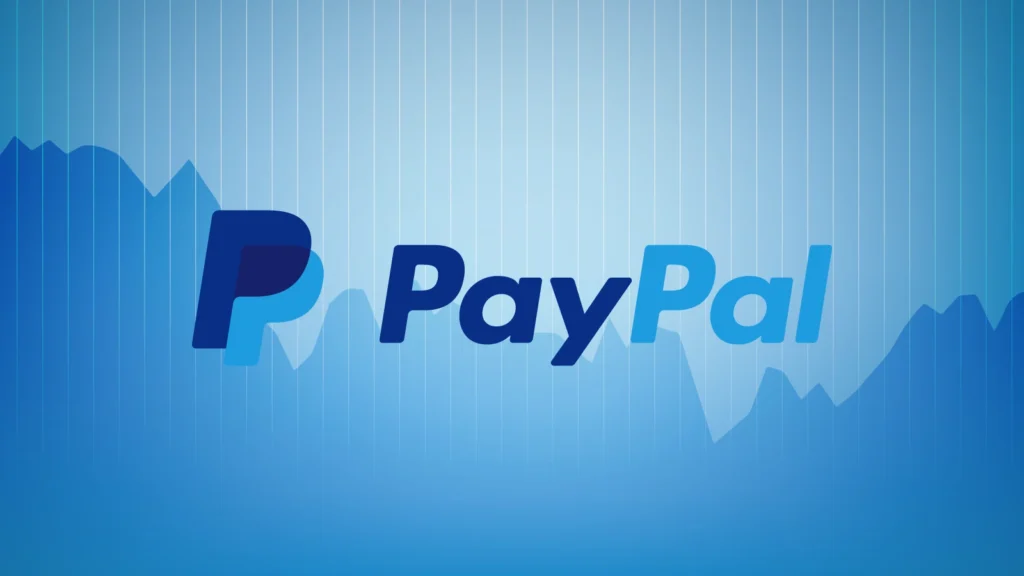
What’s changing: Major financial players aren’t ignoring Web3 — they’re integrating it into their platforms.
Example:
- Stripe supports crypto payments for merchants.
- PayPal lets users buy, sell, and hold crypto.
- Mastercard is experimenting with crypto-backed cards and decentralized ID solutions.
Why it matters: When the biggest names in payments embrace Web3, it’s no longer “emerging tech.” It’s the next phase of financial infrastructure.
Web3 fintech payment trends: But Let’s Be Honest — It’s Not All Perfect Yet
- Scalability: Many blockchain networks still struggle with high fees and slow processing under load.
- User Experience: Setting up wallets, managing seed phrases, and navigating platforms can still be daunting.
- Regulations: The legal landscape is uneven. Some governments support it, others restrict or outright ban it — making business adoption tricky.
So while Web3 fintech is powerful, it’s not fully polished yet. But it’s moving fast.
Web3 fintech payment trends: Bottom Line- Web3 Isn’t Hype — It’s the Quiet Revolution
You might not be paying rent with crypto yet. But from embedded wallets to DeFi lending, Web3 payment trends are steadily pushing into the mainstream.
Keep an eye on them — they’re shaping the rails beneath your next transaction, whether you realize it or not.
Relevant news: HERE
